
Due to the limited regenerative capacity of the central nervous system (CNS), neurological deficits are often irreversible. In addition, treatment options for neurological disorders are limited.
In recent years, neural stem cell (NSC) therapy has brought hope to many patients with nerve damage. Neural stem cells exhibit three distinctive mechanisms of action for treating neurodegenerative diseases: homing into damaged brain areas, secreting paracrine neuroprotective substances and neurotrophic factors, enhancing connections between nerve synapses, and establishing new neural circuits. These abilities of neural stem cells can regenerate damaged neural tissue. Therefore, the regenerative ability of neural stem cells NSC has been studied based on different clinical trials, some of which have shown great prospects. These include the most common diseases such as stroke, traumatic brain injury, Alzheimer's disease, amyotrophic lateral sclerosis, Huntington's disease, Parkinson's disease, multiple sclerosis and spinal cord injury.
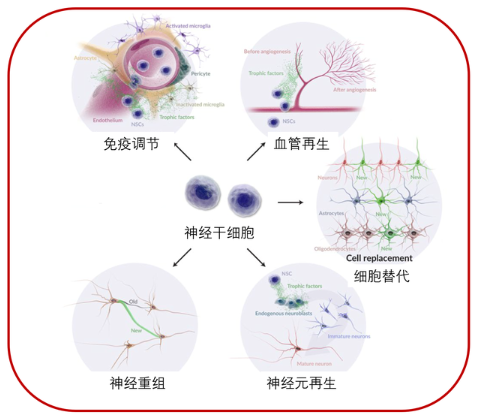
NSC characteristics of neural stem cells
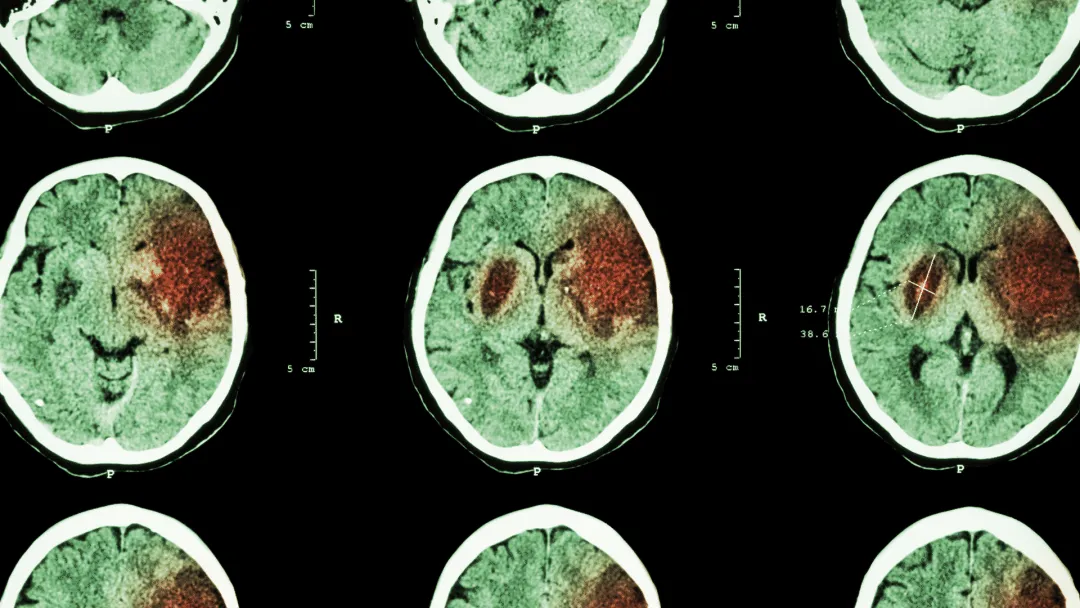
The potential of neural stem cells in stroke treatment
A stroke can cause sudden nerve damage due to a disturbance in the cortical circulation system. Due to their potential for neuroprotection, neurogenesis and immunoregulation, neural stem cells have been extensively studied as a potential treatment in numerous trials in the acute or chronic stages. In addition to neuron loss, the inflammatory response also increases during acute stroke, leading to the destruction of oxygen-deficient tissue in the damaged area and the start of a cytokine cascade that expands the damaged area. However, neural stem cells 'ability to transport immunomodulatory and neuroprotective factors can reduce inflammation. In addition, the administration of neural stem cells during the chronic phase of a stroke has been shown to activate regenerative mechanisms and may help restore brain function.
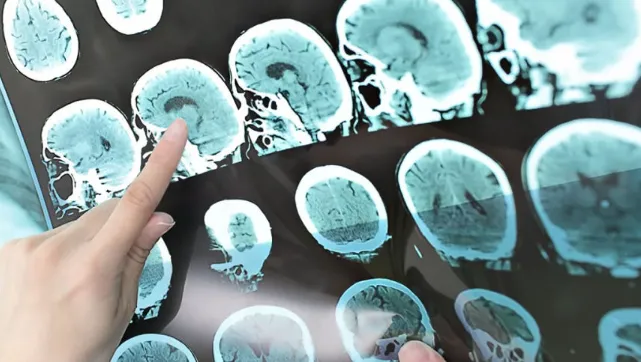
The potential of neural stem cells in the treatment of traumatic brain injury
The most serious disease is traumatic brain injury (TBI), which can lead to death or severe damage to the nervous system. The hazards of TBI can be divided into two stages. The early stages are a direct result of the initial injury, leading to rupture of the blood-brain barrier (BBB), brain edema, and cranial hemorrhage, leading to rapid cell death in the affected brain area. The next stage is associated with the release of excitatory amino acids, ionic imbalance, calcium overload, mitochondrial dysfunction and persistent neurodegeneration. In addition, immune and inflammatory responses after brain injury increase neuron death.
Neuroinflammation occurs after trauma with the release of pro-inflammatory cytokines, migration of immune cells, and activation of microglia. Previous research has shown that motor and cognitive deficits caused by traumatic brain injury in mice can be alleviated by injecting neural stem cells directly into the injured brain. In addition, stem cell treatment of TBI animals can stimulate the production of trophic factors in the damaged brain, thereby reducing inflammation and supporting neurogenesis, neuroprotection and neural regeneration.

The potential of neural stem cells in the treatment of Alzheimer's disease
Alzheimer's disease (AD) is a common neurodegenerative disease that can be identified through cognitive decline, memory loss, disruptive behavior, and aphasia. Pathogenic changes in AD include abnormal beta amyloid (Aβ) accumulation and abnormal tau protein phosphorylation, which leads to neuroinflammation that damages the central nervous system. Interestingly, neural stem cell transplantation can help AD patients improve cognitive deficits by reducing A deposition and rescuing memory problems. In mouse models of AD, neural stem cells were found to reduce A levels by promoting autophagy in damaged neurons. These results may be accompanied by up-regulation of levels of neurotrophic factors, such as brain-derived neurotrophic factor (BDNF), nerve growth factor (NGF), and vascular endothelial growth factor (VEGF), which can protect patients 'neurons and neuronal integrity.

The potential of neural stem cells in the treatment of Huntington's disease
Huntington's disease (HD) is caused by mutations in the gene that encodes the Huntingtin protein, which is over-accumulated and harmful to neural tissue in the layer structure. Interestingly, HD mice treated with neural stem cells had reduced dyskinesia and enhanced spatial memory. This effect is due to neural stem cells (NSC) providing nutritional support by increasing BDNF levels in the striatum region of the brain, thereby stimulating the growth of endogenous neural stem cells. In addition, HD animals treated with neural stem cells lived longer than HD mice due to a reduction in misfolded huntingtin protein aggregates after neural stem cell transplantation. Due to the complex manifestations of HD, clinical treatment is extremely difficult. Therefore, transplantation of genetically engineered neural stem cells that overexpress BDNF is recommended as a clinical study in HD patients.

The potential of neural stem cells in the treatment of Parkinson's disease
Parkinson's disease (PD) is a common neurological disorder that affects the elderly and is characterized by tremors, myotonia and limited activity. The substantia nigra and striatum contain most lesions of PD. PD causes a decrease in dopamine (DA) levels, which leads to the degeneration of dopaminergic neurons. Interestingly, neural stem cell (NSC) transplantation has been shown to improve PD-related dyskinesia, reduce uncoordinated limb movements, enhance neurogenesis, stimulate neuroblast migration, and enhance motor activity. In addition, neural stem cells differentiate into different types of cells under the influence of the local microenvironment to repair and replenish damaged nerve cells. Therefore, the use of neural stem cells appears to be an effective technique for PD cell therapy.
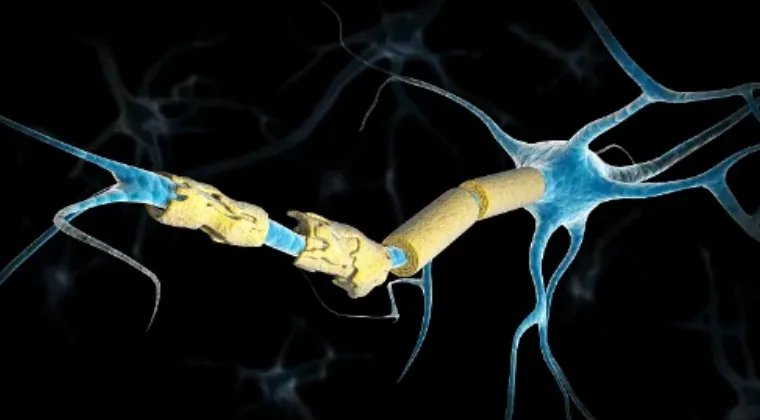
The potential of neural stem cells in the treatment of multiple sclerosis
Multiple sclerosis (MS) is an autoimmune inflammatory disease that affects the central nervous system (CNS) when the immune system attacks tissues, causing multifocal degenerative changes manifested by demyelination and significant neuronal loss in MS areas. There have been many clinical trials using neural stem cell transplantation to treat multiple sclerosis. Neural stem cells can play nutritional support, immune regulation and metabolic signal transduction through paracrine mechanisms and inter-cell interactions, and promote nerve protection and tissue repair by rebuilding functional interactions between nerves and glial cells or awakening endogenous nerve cells.
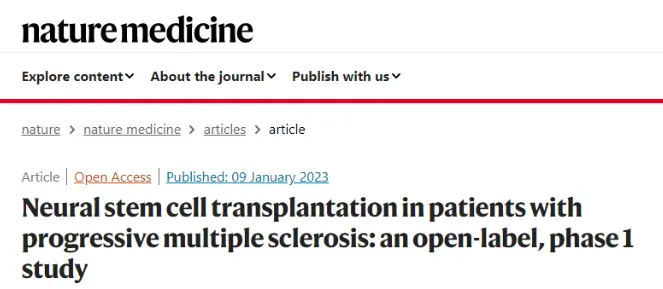
Multiple studies have confirmed the effective role of neural stem cells in animal models of MS, promoting neuroprotection and myelination by releasing molecules that maintain nutritional support and neural plasticity.

The potential of neural stem cells in the treatment of spinal cord injury
Spinal cord injury (SCI) causes disruption of neuromotor and sensory circuits, leading to permanent damage to neural circuits. Spinal cord injury has two pathological changes. Destruction of axons and blood vessels is the main pathological change after spinal cord injury. However, secondary changes such as changes in local ion concentrations, uncontrolled blood pressure, reduced spinal cord blood flow, destruction of the blood-brain barrier, activation of immune responses, apoptosis and excitotoxicity can lead to deterioration of the patient's condition and impair the regenerative process.
Therefore, neural stem cell transplant therapy may help inhibit these processes. Clinical data show that after nerve transplantation in SCI patients, fibrosis and post-injury lesions are reduced, and angiogenesis, oligodendrocyte proliferation, axon regeneration, and myelin regeneration are increased.
All clinical trials from 2012 to the present have shown that transplanting neural stem cells is safe. However, some scholars believe that the clinical trial setting limits the effectiveness: only deep patients whose other interventions are ineffective have the opportunity to enter the trial, and stem cell therapy should play its best role in the early stages of the disease: "when everything can still be restored." After using the correct, more mobile transplanted cells, patients will recover better.